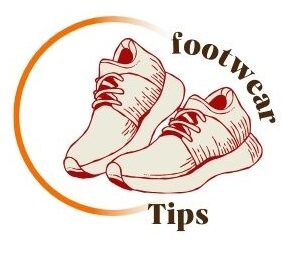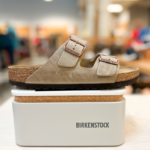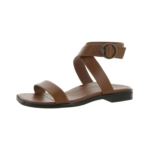Address:
- 2365 Hood Avenue, San Diego, CA, 92123
Switching all your shoes to barefoot options is not necessary, but incorporating them can benefit your foot health. Transition gradually to barefoot shoes for optimal comfort and support.
Embracing barefoot footwear may enhance your overall foot strength and stability, promoting better posture and reducing the risk of common foot problems. By incorporating barefoot options into your shoe rotation, you can experience the benefits of natural movement and improved foot mechanics.
Whether for daily wear or specific activities, barefoot shoes can offer a unique and beneficial experience for your feet.
Are you tired of the discomfort and pain that traditional shoes bring? Then you might have heard of the barefoot shoe movement, which advocates for shoes that mimic the feeling of walking barefoot. But is it necessary to switch all your shoes to barefoot options? Here’s what you need to know.
The idea of barefoot shoes has been around for centuries, with ancient civilizations using simple sandals or going barefoot. However, the modern barefoot shoe movement started in the early 2000s, with the launch of the Vibram FiveFingers. These shoes have separate compartments for each toe, allowing for better grip and balance. Since then, more and more barefoot shoe options have become available, catering to different needs and preferences.
While still a niche market, the barefoot shoe movement has gained a following among athletes, fitness enthusiasts, and people with foot problems. Many claim that barefoot shoes provide a better natural gait, improved posture, and reduced risk of injury. Some even argue that barefoot shoes can help alleviate chronic foot problems like plantar fasciitis and bunions.
The key principles behind barefoot shoes are simplicity, flexibility, and minimalism. Barefoot shoes aim to provide a natural feeling that allows your feet to move and function as they would barefoot. They have a thin sole that allows for better ground feel and sensory feedback, and they are designed to be lightweight and flexible, allowing your feet to move freely. Barefoot shoes also have a wider toe box to allow your toes to splay naturally, which is essential for balance and stability.
So, do you need to switch all your shoes over to barefoot options? It depends on your needs and preferences. If you’re looking for a more natural and comfortable shoe experience, barefoot shoes might be worth a try. However, if you have specific foot problems that require arch support or stability features, barefoot shoes might not be the best option for you.
Barefoot shoes have gained popularity in recent years as many people are looking for alternatives to traditional footwear. It’s important to understand the differences between traditional and barefoot shoes to make an informed decision about whether to switch all your shoes over to barefoot options.
Traditional shoes are usually built with cushioning, arch support, and a raised heel to provide comfort and stability. On the other hand, barefoot shoes are designed to mimic the natural shape and movement of the foot, with minimal cushioning and a zero-drop sole. This allows for a more natural and unrestricted movement of the foot.
Wearing traditional shoes for extended periods can lead to weakened foot muscles, reduced sensory feedback, and altered gait patterns. Barefoot shoes, on the other hand, can help strengthen the foot muscles, improve balance and posture, and promote a more natural walking and running gait.
Barefoot walking or running encourages a more natural gait, which can lead to improved posture and balance. When walking barefoot, the body is forced to rely on the strength of the foot and ankle muscles, resulting in a more stable and aligned posture.
Going barefoot allows your feet to move and flex more naturally, which can help to strengthen the muscles, tendons, and ligaments in your feet. This natural movement can also promote better circulation and overall foot health.

Credit: www.poadocs.com
Exploring the myth of transitioning all shoes to barefoot options, it’s not necessary. Gradual adoption is key to avoid discomfort and injury. Incorporate barefoot shoes gradually into your routine for optimal results and foot health.
When it comes to barefoot shoes, there are several common myths that may have you questioning whether you need to switch all your shoes over to this minimalist option. Let’s debunk some of these misconceptions and explore the truth behind them.
One of the most prevalent myths surrounding barefoot shoes is the belief that they lack the necessary arch support. However, the truth is quite the opposite. Barefoot shoes are designed to allow your feet to move naturally and strengthen the muscles in your arches. Instead of relying on external support, these shoes encourage your feet to develop their own strength and stability.
In fact, studies have shown that excessive arch support can actually weaken the muscles in your feet over time. By choosing barefoot shoes, you give your arches the opportunity to become stronger and more resilient, reducing the risk of common foot problems such as plantar fasciitis.
Many people believe that transitioning to barefoot shoes requires a long and uncomfortable adjustment period. However, this is another misconception that needs to be debunked. While it’s true that your feet may need some time to adapt to the new sensation of being barefoot, the transition period is often shorter than expected.
During this adjustment period, you may experience some mild muscle soreness or discomfort. This is completely normal as your feet and lower leg muscles begin to work differently. However, with gradual and consistent use, your feet will become stronger and more accustomed to the barefoot experience.
It’s important to note that transitioning to barefoot shoes should be done gradually to avoid overexertion. Start by wearing them for short periods of time and gradually increase the duration as your feet become more comfortable.
In conclusion, the common myths surrounding barefoot shoes should not deter you from considering this minimalist footwear option. With their focus on natural movement and foot strength, barefoot shoes can provide numerous benefits for your overall foot health. Remember, though, that it’s always best to consult with a healthcare professional or podiatrist before making any significant changes to your footwear routine.
Assessing your needs is crucial when considering a switch to barefoot options for your shoes. It involves evaluating your typical activities and personal comfort preferences to determine whether barefoot shoes are the right choice for you. Making a well-informed decision based on your individual needs will help you transition smoothly to barefoot footwear.
When assessing your needs, take into account the types of activities you engage in regularly. High-impact activities such as running, hiking, or weightlifting may require more supportive footwear to protect your feet from potential injuries. On the other hand, low-impact activities like yoga, walking, or casual daily wear may be more conducive to barefoot shoe options, allowing for better foot mobility and natural movement.
Your personal comfort preferences play a significant role in determining whether you should switch to barefoot shoes. Consider factors such as arch support, toe box width, and cushioning. Some individuals may find traditional shoes with ample support and cushioning more comfortable, while others may prefer the flexibility and barefoot feel provided by minimalist shoes. It’s essential to prioritize your comfort and well-being when making this decision.
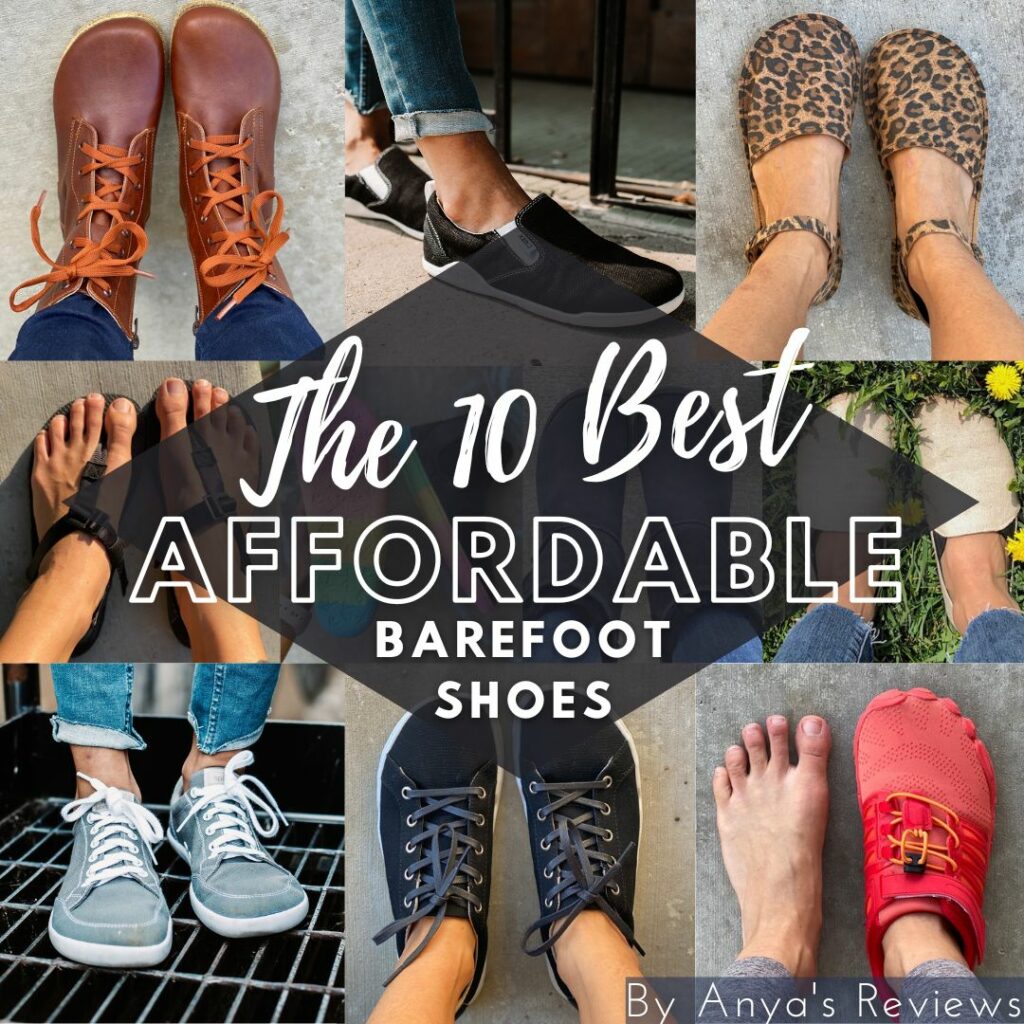
Credit: anyasreviews.com
Transitioning to Barefoot Shoes is a gradual process that can benefit your foot health in the long run.
Begin by wearing barefoot shoes for short periods during daily tasks.
Choose activities like walking or light exercise to ease into the new footwear.
Slowly increase the time you wear barefoot shoes each day.
Listen to your body and adjust based on comfort and any discomfort.
Maintaining foot health with barefoot shoes can be beneficial, but switching all your shoes to barefoot options may not be necessary. It’s important to gradually transition to barefoot shoes and alternate with traditional footwear to avoid potential discomfort and injuries.
Understanding your specific foot needs and consulting with a podiatrist can help you determine the best approach for your overall foot health.
Maintaining Foot Health with Barefoot ShoesRoutine Foot ExercisesRegular foot exercises help strengthen muscles and improve flexibility.Perform toe curls, ankle circles, and calf raises to maintain foot health.Incorporate these exercises into your daily routine for optimal benefits.Recognizing Signs of DiscomfortPay attention to any pain or discomfort while wearing barefoot shoes.Look out for blisters, hot spots, or rubbing that may indicate improper fit.If you experience persistent discomfort, consider adjusting shoe size or style.Choose comfort and functionality over style for long-term foot health.Remember, your feet are the foundation of your body, so prioritize their well-being.Listen to your body and make necessary adjustments to prevent potential injuries.Stay proactive in maintaining foot health for overall well-being and mobility.Discover real stories from people who have made the shift to barefoot shoes. Find out if you really need to switch all your shoes over to barefoot options for a more natural and comfortable experience.
Real Stories: The Shift to BarefootBarefoot shoes have transformed many lives positively.
Runners report improved performance and reduced injuries.
Walkers experience enhanced balance and foot strength.
Initial discomfort is common when transitioning to barefoot shoes.
Some may face calf soreness due to the new way of walking.
Persistence and gradual adaptation are key to overcoming challenges.
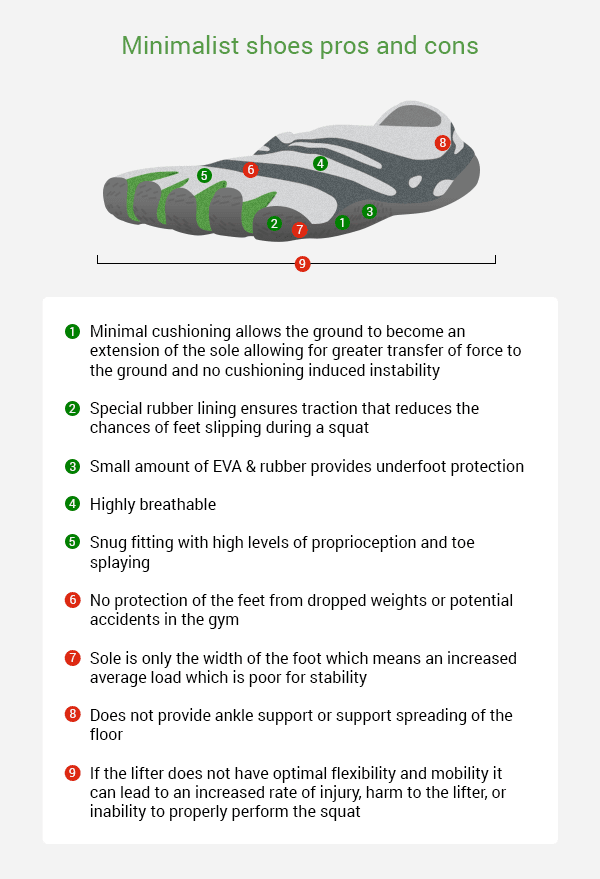
Credit: runrepeat.com
Barefoot shoes are footwear that mimic the feeling of being barefoot while still providing some protection. They have thin soles, a wide toe box, and are flexible, allowing the feet to move naturally.
Wearing barefoot shoes can improve balance and stability, strengthen foot muscles, and improve posture. They can also reduce the risk of foot injuries and improve overall foot health.
No, you don’t need to switch all your shoes over to barefoot options. It’s recommended to gradually incorporate barefoot shoes into your routine and continue to wear traditional shoes for activities that require more support and protection.
Yes, barefoot shoes can be worn for running, but it’s important to transition slowly to avoid injury. Start with short distances and gradually increase the distance and intensity over time.
Making the switch to barefoot shoes can offer numerous benefits for your overall foot health and comfort. While it may not be necessary to switch all your shoes over, incorporating barefoot options into your footwear rotation can be a wise choice.
By allowing your feet to move naturally and providing a more minimalist design, barefoot shoes can help strengthen your feet and improve your posture. Consider trying out a pair and see how they feel for yourself.
Get our most valuable tips right inside your inbox, once per month!
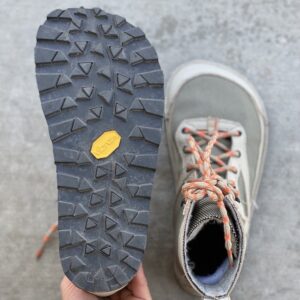
Looking for walking shoes with a wide toe box? Check out these top options for men and women that offer comfort, support, and a roomy

Looking for cheap barefoot shoes? Check out WHITIN Men’s Ultra-ventilated Barefoot Shoes for $19.99 on Amazon.com or Men’s Quick-dry Barefoot Shoes for $8.47 on Temu.
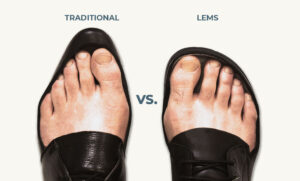
Foot-shaped shoes are available in various brands such as Lems Shoes, Padgene, Barekick, WHITIN, relxfeet, Xero Shoes, New Balance, Earthing Harmony, Atoms, BRONAX, Hike Footwear,
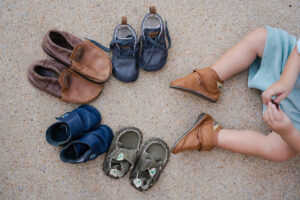
Toddler Barefoot Shoes provide a minimalist and lightweight option for kids to splay their feet naturally while walking, running, or playing sports. These shoes have
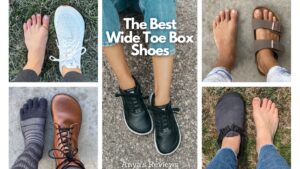
Discover a variety of wide toe box shoes for women in Austin, Texas, including options from Orthofeet, WHITIN, Temu, and more. These shoes offer comfort
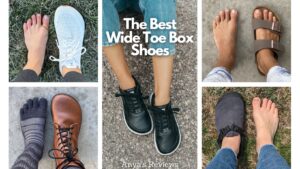
Toe box shoes provide ample space for the toes, allowing them to move freely and comfortably. They are available in various styles and sizes, with
